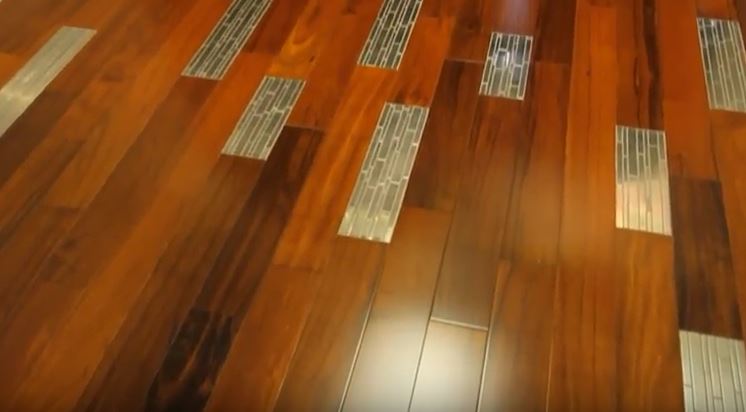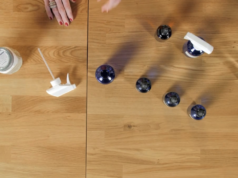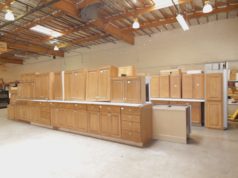By Shana Fischer
Hardwood floors can give your home a high end and polished look, but our Arizona climate can wreak havoc on your floors and ruin them.
Desert climates like Arizona are low-humidity and that lack of moisture can cause problems like warping, gaps, and even cracking. Ken Tran, owner of Triple A Hardwood and Flooring, says most wood floors are constructed as “one size fits all” and don’t take into account a region’s climate. Typical wood floors are designed for the 35% to 55% humidity range which excludes areas in low humidity like the Southwest and extreme humidity like the South.
Tran is a certified flooring inspector, only one of six in Arizona. The Wood Flooring Association issues the license to these inspectors who complete comprehensive exams. As a certified flooring inspector, Tran has to undergo a yearly rigorous testing process which involves written exams and hands-on demonstrations. He has to demonstrate an extreme proficiency in the ins and outs of different types of wood, the science of wood, and the forensics of wood failure.
Tran used that knowledge to create a wood product just for Arizona’s dry climate. The process starts with 40 to 50 foot tall hickory or oak trees. Tran says there are three keys for a wood product to survive our low humidity; the air drying process, the kiln drying, and the installation.
Tran allows his wood to air dry longer than other manufacturers, “by slowing the process down, we ensure the moisture is given time to escape.” His kiln drying is similar to smoking a brisket, low and slow. He says by kiln drying slowly, the heat can penetrate deep into the wood without burning it and you get even drying.
All of Triple A Flooring’s installers are trained in-house. Triple A never uses subcontractors. Triple A installers follow strict guidelines; testing moisture levels in your house and also preparing the concrete foundation properly. Tran says, “Installation is so important as poor installation can cut the life of wood floors.” Triple A installers also coach homeowners in the proper techniques when it comes to caring for their new wood floors.
If you currently have wood floors, Tran says it’s easy to spot any issues that may have to do with lack of moisture. Look for gaps in between the planks and also where the plank meets the baseboard. All wood is subject to shrinkage. But, wood can only shrink so much, so once it goes past the threshold you will start to see those gaps. In extreme cases, the wood planks can crack.
Tran offers this advice when selecting a hardwood for the Arizona climate:
Select wood grown locally.
In Arizona, we have hickory, oak, and maple trees. If these trees can withstand our low humidity, they will make a long-lasting floor. Mahogany is grown in the Amazon forest where it is extremely humid so it’s a wood that does not do well in Arizona.
Pay attention to a stain’s sheen.
A high gloss sheen will attract more dust and require more cleaning. It also shows scrapes and imperfections a bit more. If those things will bother you, Tran says to select a duller sheen.
Don’t worry about termites.
Arizona is a hotbed for termites, but it shouldn’t affect your floors. Triple A installers fill in gaps in the foundation and Tran recommends having an exterminator treat the perimeter of your home. Termites aren’t so much attracted to the wood floors as they are to gaps or holes they can get through.
Ask about warranties.
Most companies don’t offer warranties, but Triple A Flooring does offer a 25 year warranty and in some cases, a lifetime warranty.
Wood floors do require maintenance, but with the proper wood product made for the harsh desert climate and the right installer, your wood floors can always look their best.








